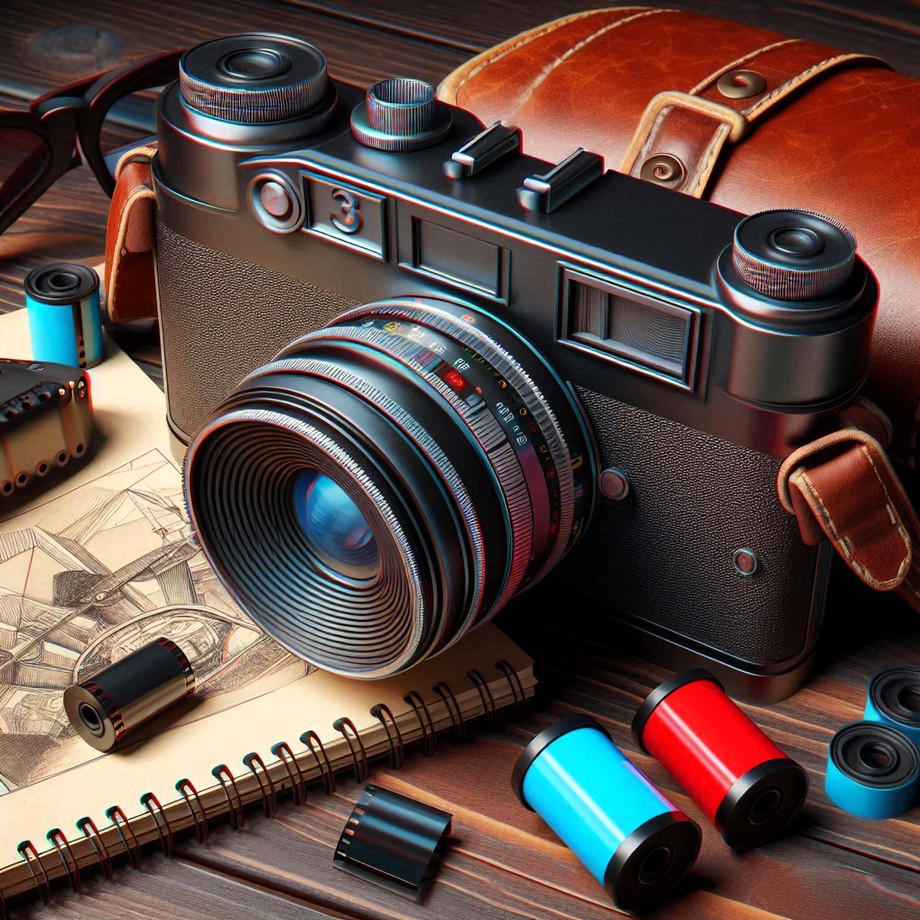As robotics technology continues to evolve, the integration of advanced design camera solutions is paramount for enhancing robotic vision and functionality. The ability to perceive and interpret the environment is a critical component that determines a robot's effectiveness in various applications, ranging from industrial automation to healthcare and even space exploration. This blog explores innovative camera designs that enhance robotic capabilities and improve overall performance.
The Importance of Camera Solutions in Robotics
Camera systems play a pivotal role in enabling robots to gather visual information and make informed decisions. With the rise of artificial intelligence (AI) and machine learning (ML), robots are now capable of processing visual data in real time, leading to improved accuracy and efficiency in tasks such as object recognition, navigation, and interaction with humans and their surroundings.
In an age where autonomous systems are becoming integral to industries, designing robust camera solutions is essential. Effective camera solutions not only facilitate better perception but also contribute to a robot’s ability to function in complex and dynamic environments.
Key Features of Advanced Camera Solutions
1. High Resolution and Image Quality
High-resolution cameras enable robots to capture detailed images, which are crucial for accurate analysis and decision-making. Advanced imaging technology, including high dynamic range (HDR) and low-light sensitivity, ensures that robots can operate effectively in various lighting conditions. This capability is particularly important in applications such as security, where detailed facial recognition is vital.
2. Real-Time Processing
The ability to process images in real time allows robots to react swiftly to changing environments. Integrated processing units within camera systems can significantly reduce latency, enabling immediate responses to visual inputs. This feature is particularly beneficial in autonomous vehicles and robotic arms used in manufacturing, where precision and timing are critical.
3. Depth Perception
Integrating depth sensors, such as LiDAR or stereo vision systems, enhances a robot’s understanding of its environment. Depth perception allows robots to gauge distances, navigate obstacles, and interact more safely with humans. This is essential in collaborative robotics, where safety and precision are paramount.
4. Compact and Lightweight Design
To enhance mobility and functionality, camera systems must be compact and lightweight. Innovations in miniaturization technologies enable the development of small form-factor cameras that can be seamlessly integrated into robotic platforms. This design consideration is crucial for applications like drones and mobile robots, where weight and space constraints are significant.
Applications of Enhanced Camera Solutions in Robotics
1. Industrial Automation
In industrial settings, camera systems are utilized for quality control, inventory management, and robotic vision. High-resolution cameras equipped with advanced algorithms can detect defects in products on assembly lines, ensuring that only high-quality items reach consumers. Furthermore, robots equipped with vision systems can navigate complex environments, enhancing efficiency and productivity.
2. Healthcare Robotics
Healthcare applications benefit significantly from enhanced camera solutions. Surgical robots equipped with high-definition cameras provide surgeons with magnified views of the surgical field, improving precision during procedures. Additionally, robots used in patient monitoring can utilize cameras for real-time assessment of patient conditions, allowing for timely interventions.
3. Autonomous Vehicles
In the realm of autonomous vehicles, camera systems are critical for navigation and safety. Advanced camera solutions enable vehicles to recognize traffic signals, pedestrians, and obstacles in real time. Combining camera data with other sensory inputs creates a comprehensive understanding of the vehicle’s surroundings, enhancing decision-making capabilities.
4. Agricultural Robotics
Agricultural robots are increasingly using camera solutions for crop monitoring and harvesting. Equipped with specialized cameras, these robots can analyze plant health, detect pests, and optimize harvesting processes. This technology not only increases yield but also reduces the environmental impact of farming practices.
Future Trends in Robotic Vision
The future of robotic vision is promising, with several trends likely to shape the landscape:
1. AI-Driven Image Analysis
As AI algorithms continue to advance, their integration with camera solutions will lead to more sophisticated image analysis capabilities. This will enable robots to learn from their environments and improve their decision-making processes over time.
2. Enhanced Connectivity
With the rise of the Internet of Things (IoT), camera systems in robotics will become increasingly interconnected. This connectivity will allow for data sharing and collaboration among different robotic systems, leading to improved performance and efficiency.
3. Integration of Multispectral Imaging
Multispectral imaging technology, which captures data across various wavelengths, will find applications in diverse fields, from agriculture to environmental monitoring. This technology will enhance robots’ ability to gather comprehensive data about their surroundings.
Conclusion
Designing camera solutions for enhancing robotic vision and functionality is essential in the modern landscape of robotics. High-resolution imaging, real-time processing, depth perception, and compact design are critical elements that contribute to a robot’s effectiveness across various applications. As technology continues to evolve, the integration of advanced design camera systems will unlock new capabilities for robots, enabling them to operate more efficiently and safely in an ever-changing world. The journey toward more intelligent and capable robotic systems is just beginning, and the role of camera solutions will be at the forefront of this transformation.
To Know More About design camera

